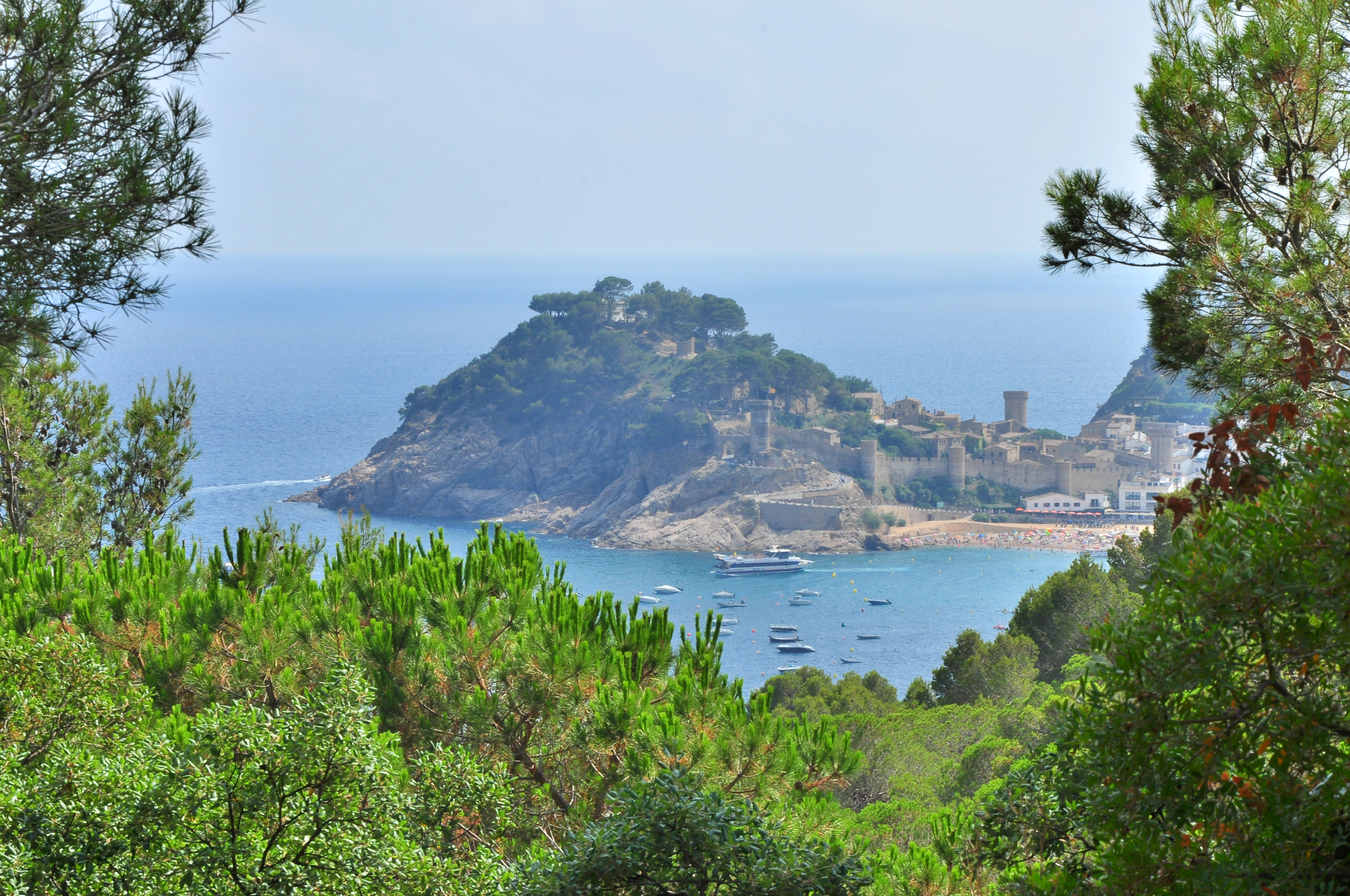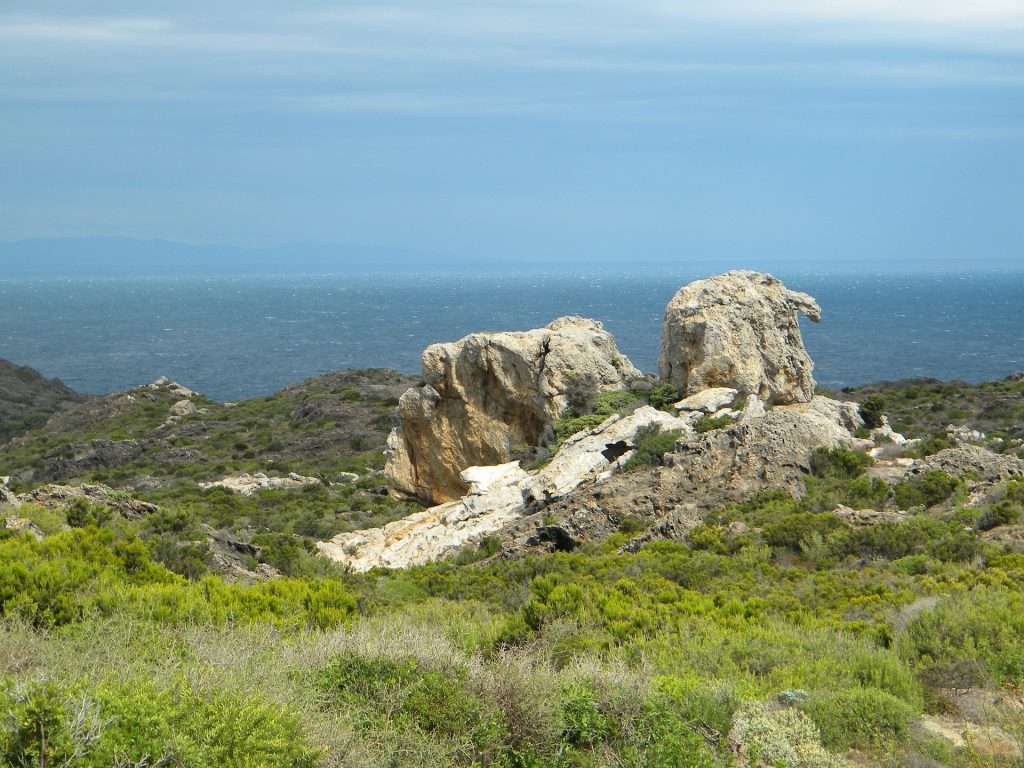Nature reserves on the Catalan coast: Parc dels Aiguamolls and Cap de Creus

Nature lovers can make the most of their stay in Tossa de Mar to discover some of the most beautiful nature reserves in Catalonia. Aside from the Cadiretes mountain range that is just minutes from Tossa de Mar, there are 2 nature reserves by the sea that will treat you to some lovely walks.
Far from the crowded beaches, dive into the richness of the Wild coast! You will discover some breathtaking scenery!
Parc dels Aiguamolls: protected marshlands on the Costa Brava
The dels Aiguamolls de l’Emporda nature reserve is located between Castello d’Empuries and Sant Père Pescador. Once completed covered in marshland, the area began to suffer from agricultural use and the rise in tourism.
It was in the 1980s that the 2nd largest wetland in Catalonia after the Ebro delta became protected. It is composed of marshes, pools, meadow and a beach, located at the confluence of the Fluvia and the Muga rivers, and it is spread over almost 5 hectares.
It is the perfect place to enjoy nature and admire a variety of fauna and flora. In particular, you can observe different species of birds and amphibians. Call by the El Cortalet office to find out about the paths and hiking trails or avail of a guided tour on foot, by bicycle or even on horseback. There are observation towers for ornithology enthusiasts.
Watch out for mosquitos as they are particularly attracted to wet areas!
To discover the natural riches of Catalonia, make Tossa de Mar your base. Around this family seaside resort there are many parks and nature reserves that will delight lovers of eco-friendly tourism.
See the holiday rentals in Tossa de Mar.

Cap de Creus: the most easterly point in Spain!
Another Catalan nature reserve, Cap de Creus is the most easterly point in Spain. The place is known as the Devil’s Cape among fishermen and it enjoys a very rich ecosystem. It is also one of the largest natural reserves in Catalonia. You will encounter several hundred species of plant as well diverse animal life.
You can admire the superb mountain landscape with rocks that have been shaped by the sea in an end of the world-like setting. At the tip of the cape, the old lighthouse is home to an eco-museum. Here you will appreciate the view of the Mediterranean. This not-to-be-missed experience will delight you and take you to the heart of the wild coast of the Costa Brava.
To get the best from a visit to the Cap de Creus nature reserve, we recommend visiting on foot or by bike. There are several itineraries to choose from.
To find out more about the walks and activities at Cap de Creus, visit the website of the Catalonia nature reserves.
How to get to Aiguamolls and to Cap de Creus from Tossa de Mar
Plan for a 2 ½ hour drive to Cap de Creus on the AP7 motorway. On the way back, opt for the C31 which will take you through Parc dels Aiguamolls. You will have to drive for around 1 hour and 20 minutes from Cap de Creus and then count another 90 minutes for the journey back to Tossa de Mar.